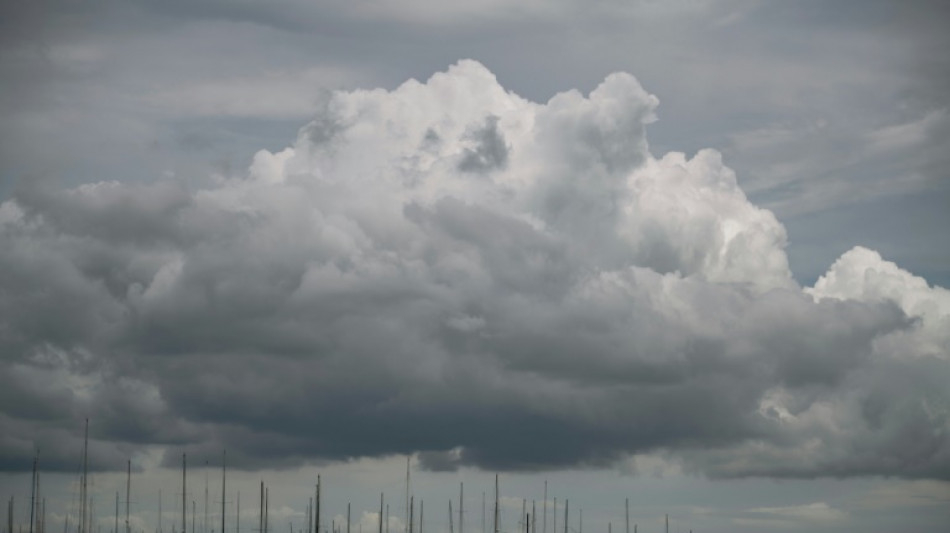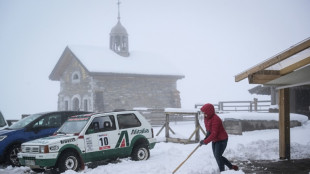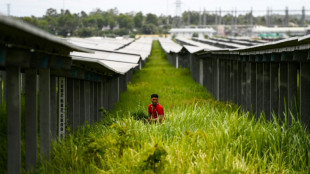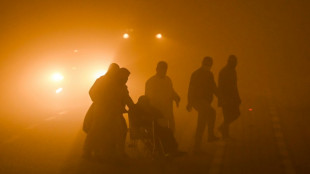

Texas hunkers down as storm Beryl approaches
Coastal Texas was under hurricane and storm surge warnings on Sunday, as the southern US state braced for the approach of Beryl, which was threatening to make landfall as a hurricane.
The city of Galveston, southeast of Houston, had issued a voluntary evacuation order for some areas, with videos on social media showing lines of cars heading out of town Sunday afternoon.
As Beryl's winds intensified, acting Governor Dan Patrick called on Texans to be on alert, listen to local officials, and leave the danger zone if possible.
"It will be a deadly storm for people who are directly in that path," Patrick told a state emergency management press conference, saying Beryl was likely to roar ashore before dawn Monday between the city of Corpus Christi and Galveston Island.
"Trust me, you don't want to be in a Category 1," he added, referring to the lowest level of hurricane, with winds between 74 and 95 miles per hour (119-153 kilometers per hour).
The White House said it was monitoring the situation.
Hurricane Beryl left at least seven dead after it tore through the Caribbean and Venezuela, as winds at times reached Category 5 strength.
It has since weakened to a tropical storm, with winds recorded at 65 miles per hour, but "steady strengthening is expected, and Beryl is forecast to become a hurricane again later today," the National Hurricane Center said Sunday.
"Continued strengthening is expected overnight before Beryl reaches the Texas coast."
Beryl hit Mexico Friday as a Category 2 hurricane, flattening trees and lampposts and ripping off roof tiles, according to its civil protection authority, though there were no reported deaths or injuries there.
Before that, it hit the Cayman Islands and Jamaica, slamming Grenada, St. Vincent and the Grenadines, as well as Venezuela.
Rainfall of up to 15 inches (38 centimeters) is expected in parts of Texas, the NHC reported.
"This rainfall will produce areas of flash and urban flooding, some of which may be locally considerable," it said.
"Minor to isolated moderate river flooding is also expected."
Beryl is the first hurricane since NHC records began to reach the Category 4 level in June, and the earliest to hit the highest Category 5 in July.
It is extremely rare for such a powerful storm to form this early in the Atlantic hurricane season, which runs from early June to late November.
Scientists say climate change likely plays a role in the rapid intensification of storms like Beryl, since there is more energy in a warmer ocean for them to feed on.
North Atlantic waters are currently between two and five degrees Fahrenheit (1-3 degrees Celsius) warmer than normal, according to the US National Oceanic and Atmospheric Administration.
D.R.Megahan--NG



